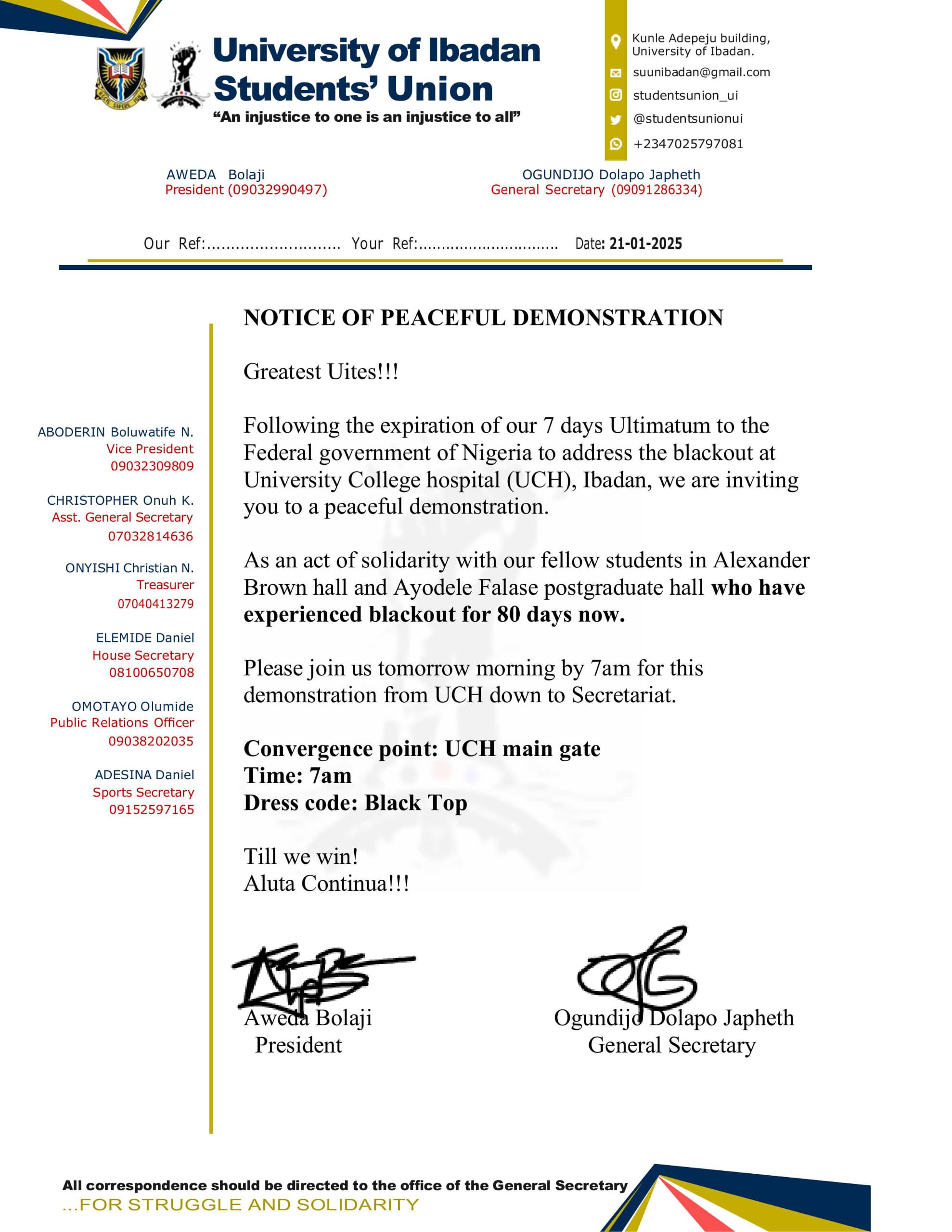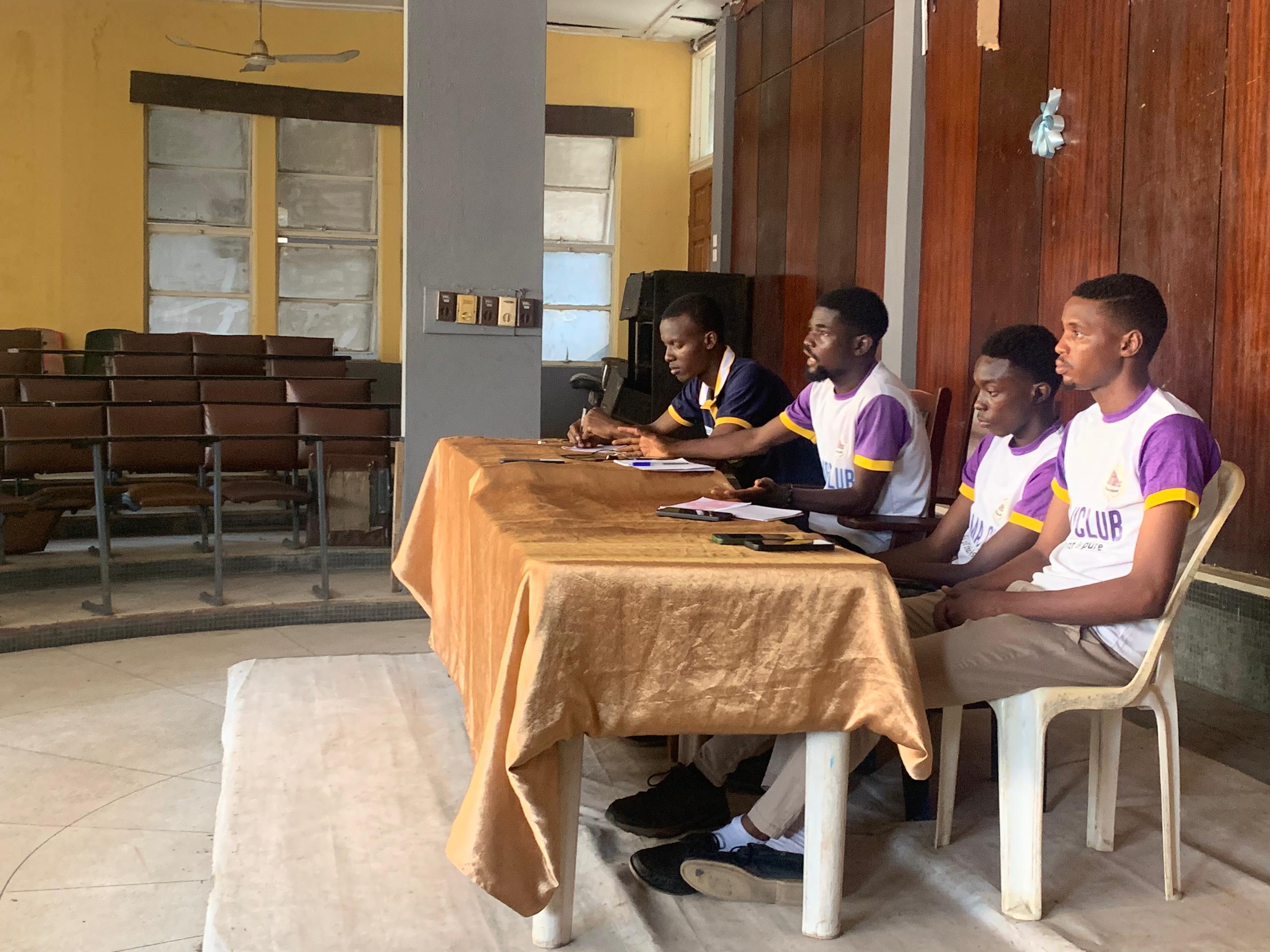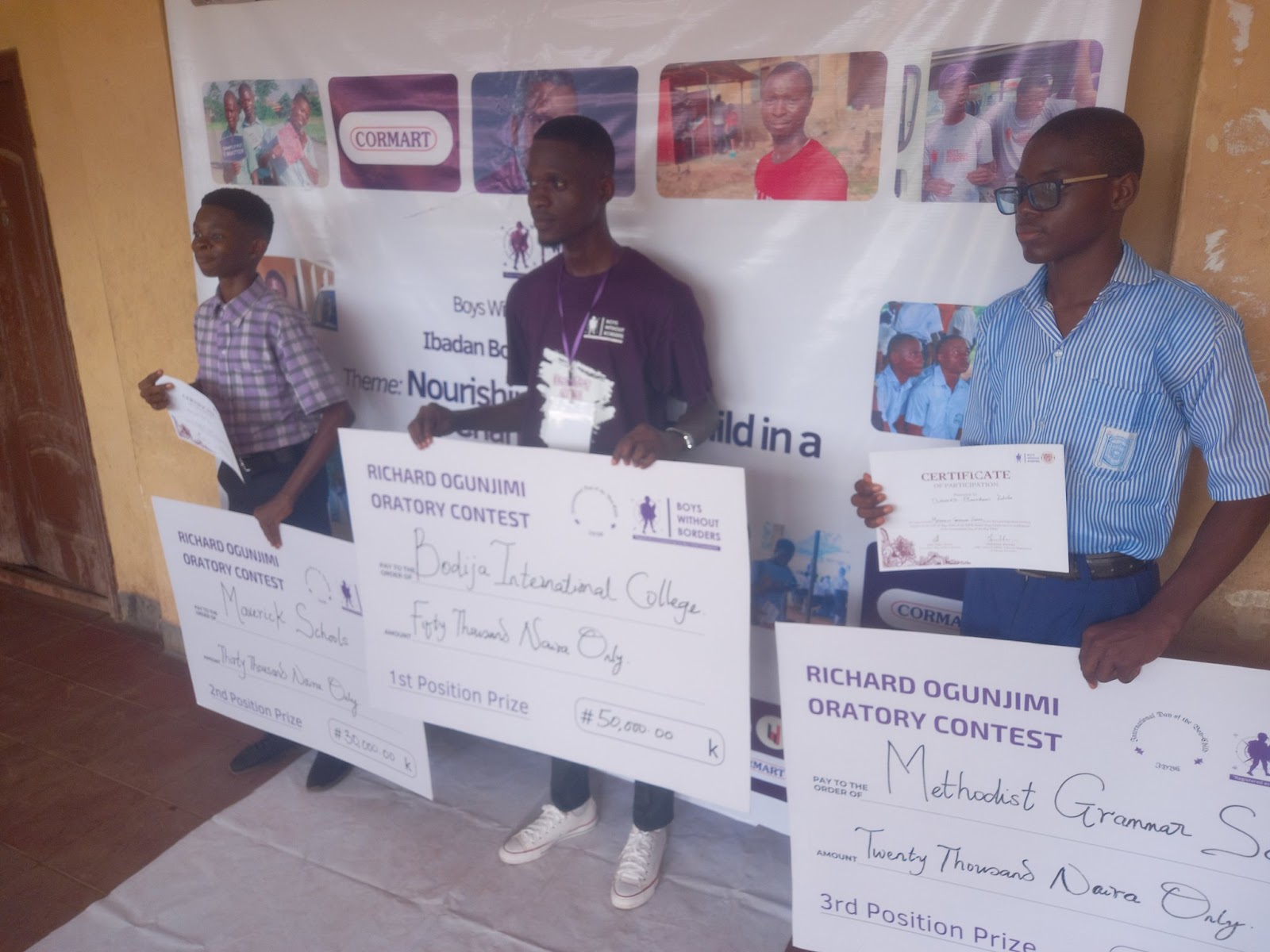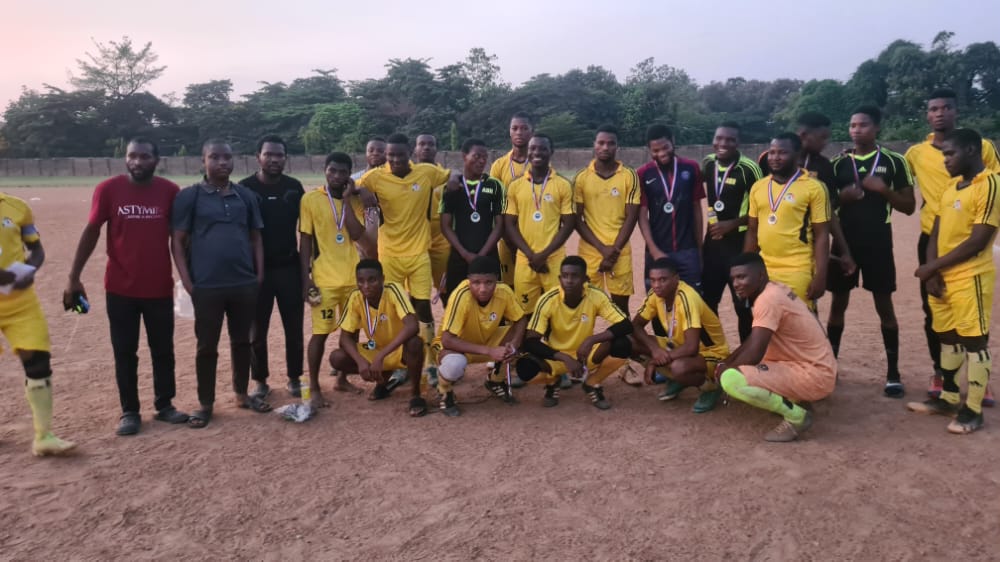Sporting Events to Look Out For This July
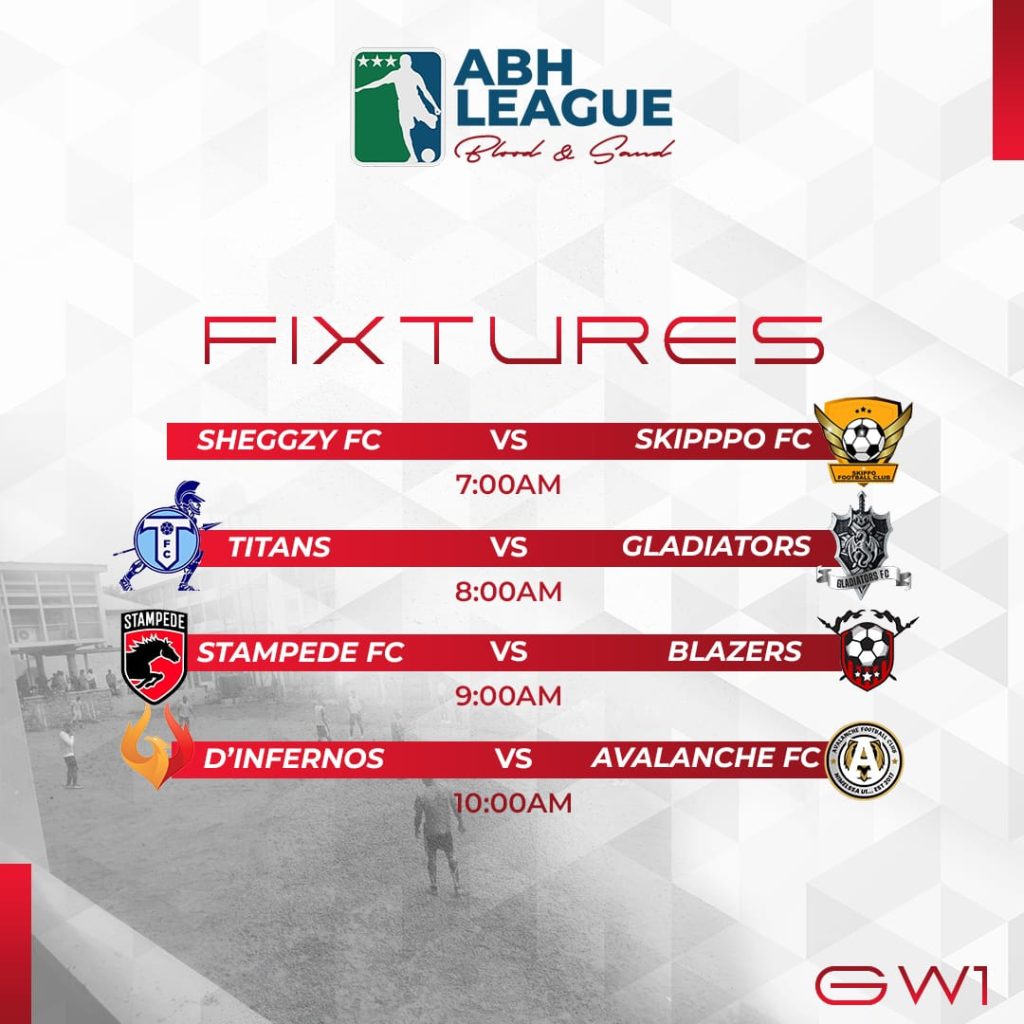
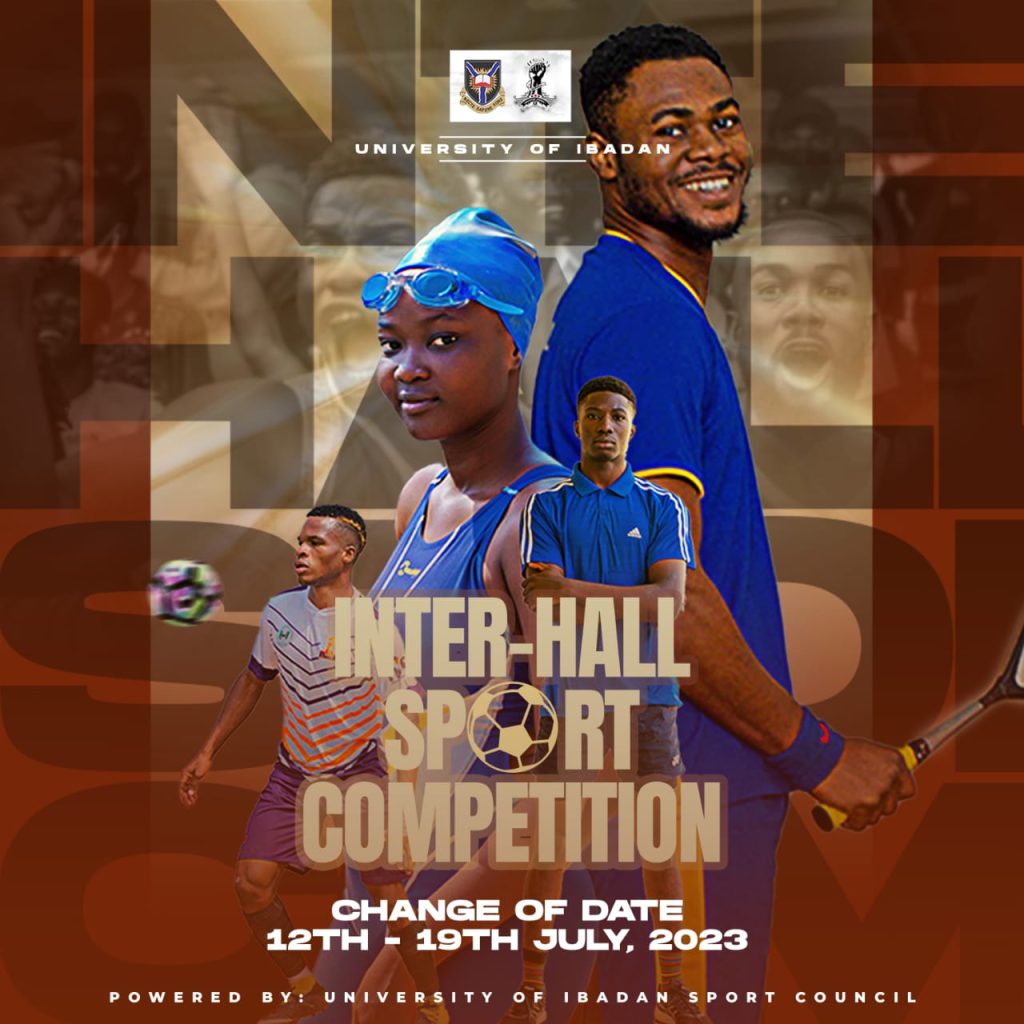
It is a going to be a busy month for UIMSAites who are either players or lovers of sports as we will be experiencing quite a number of sporting events this month. There’s a thrilling lineup of competitions cutting across various sports coming up so get your sports shoes ready.
ABH League
The previous season of the ABH League was in no doubt very entertaining as we witnessed heart-pounding actions and skills; beautiful solo goals for David from the 2k24 class, impressive performance from Teslim of the 2k21 class, not to forget the interesting run of Gbolly of the 2k18 class to mention but few, together with unforgettable moments of triumph, with the Stampede United eventually becoming the league champions. The league will be back, stronger than before, and is scheduled to run for 21 weeks this season starting this Saturday, the 8th of July.
UI InterHall Sport Competitions
The UI InterHall competitions, which is arguably the biggest sports competition in The University of Ibadan, is set to begin next week on Wednesday 12th to end on the 19th. The tournament is going to be a week long, and will feature a lot of sporting activities including football, basketball, track and field events and indoor games. A number of UIMSAites are expected to partake in this event. It will be kick starting with an opening football match with Alexander Brown Hall going against Nnamdi Azikiwe hall which has had outstanding performances in their recent football appearances. Who is going to be the UI sports kings this time?
UIMSA Keepfit
The UIMSA monthly keepfit will be holding on the 22nd July. Location and time remain ABH Volleyball Court and SUB Car Park in UI by 6:30am. Taking our health seriously by exercising regularly can’t be overemphasized.
IFUMSA vs UIMSA Inter MSA Friendlies
Another important event to watch for which is holding on the 29th. The event is going to feature three competitions; football, chess and scrabble. The football match will be played at the SMLS pitch at the College of Medicine, while the chess and scrabble will be played at the Alexander Brown Hall’s quadrangle.
These are sport events you wouldn’t afford to miss. Mass participation and support to our players and representative is highly encouraged.
Moshood Sidiq

